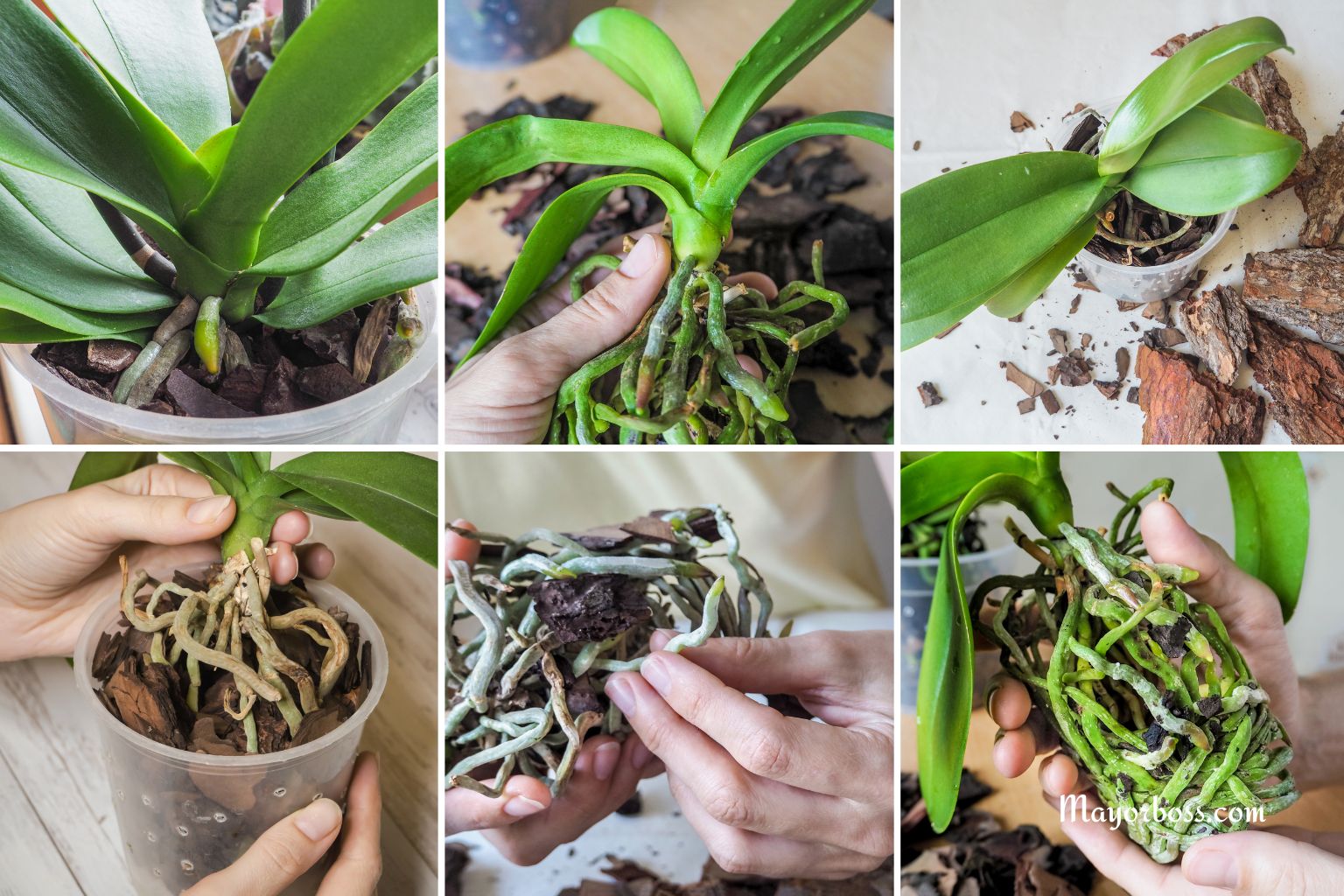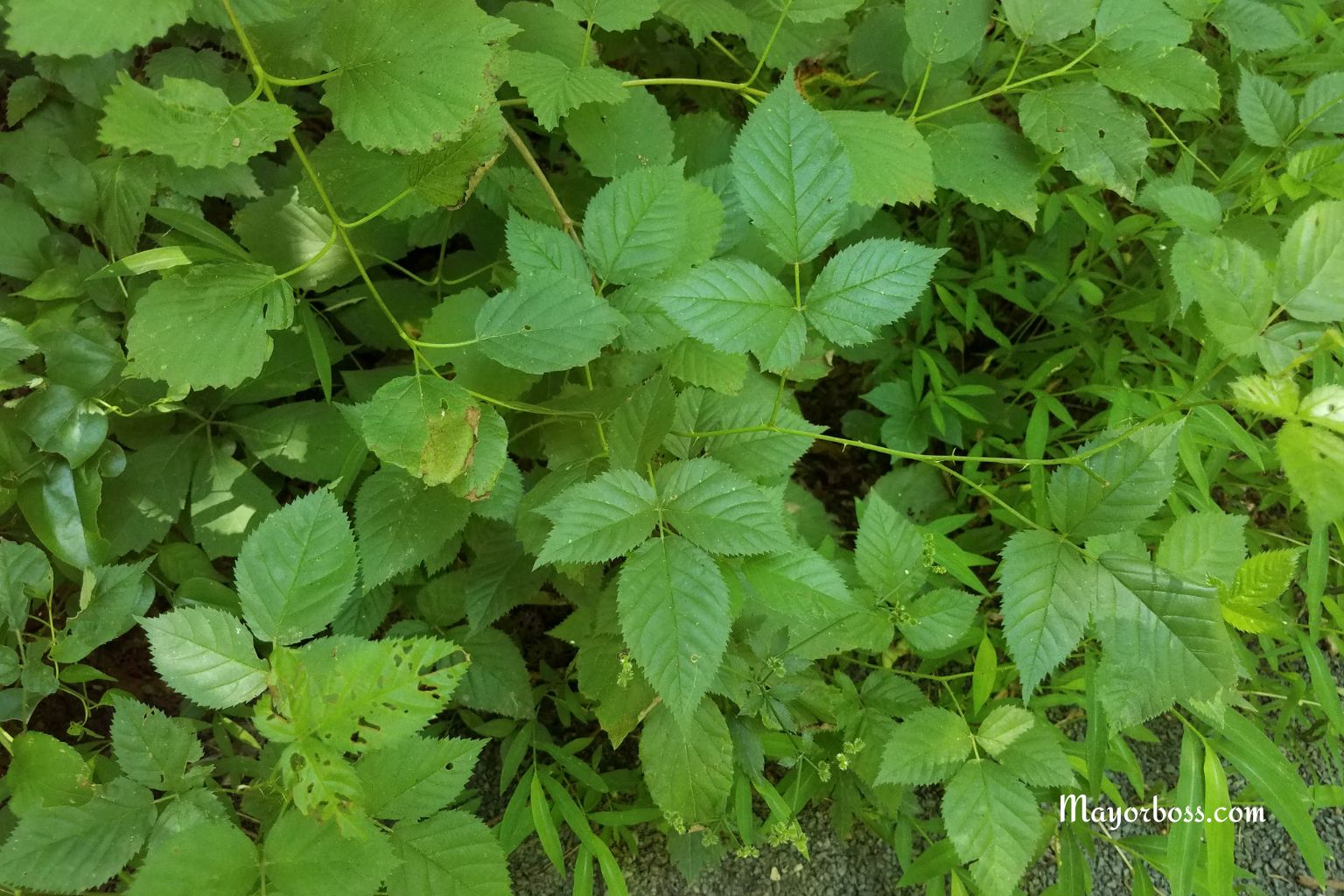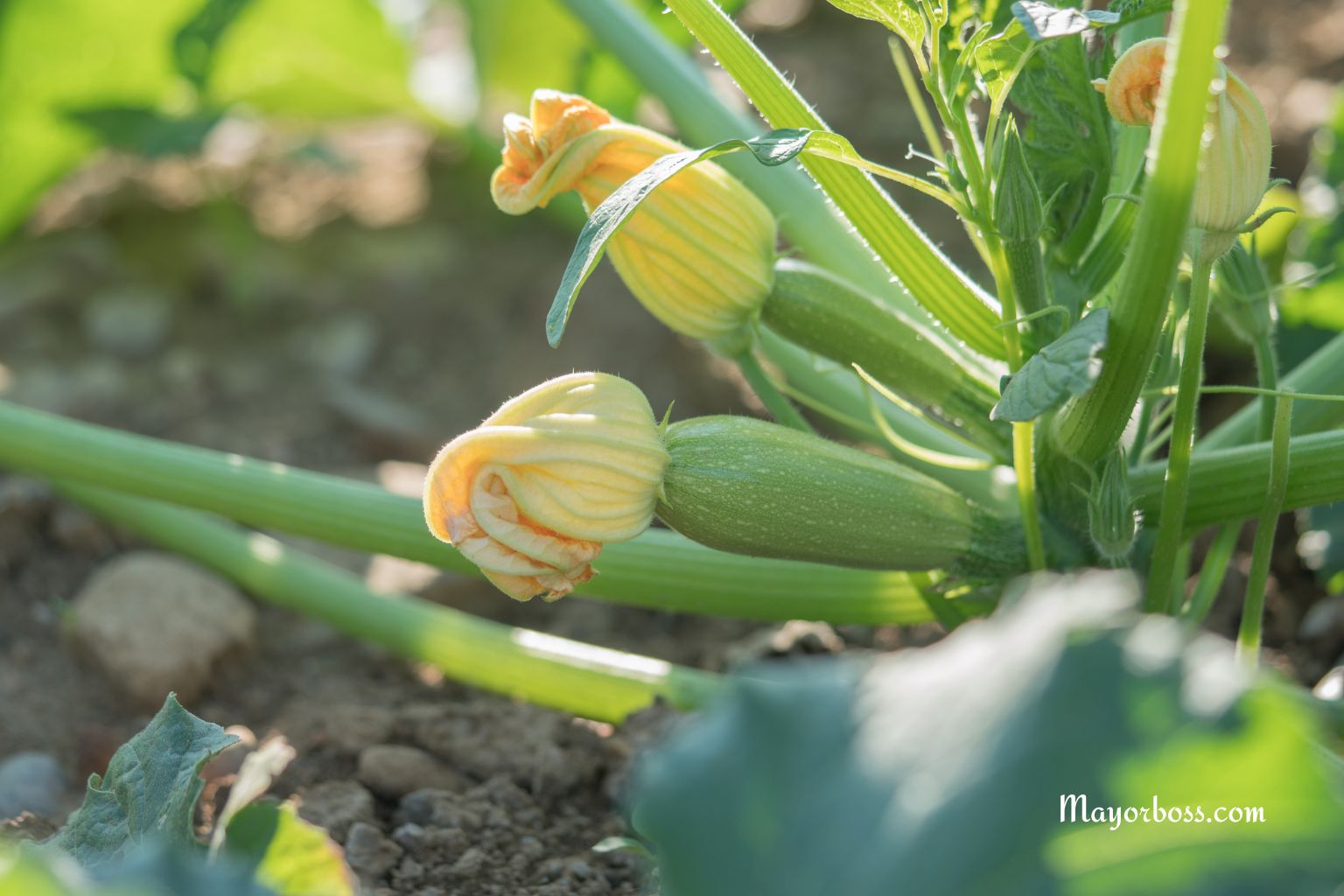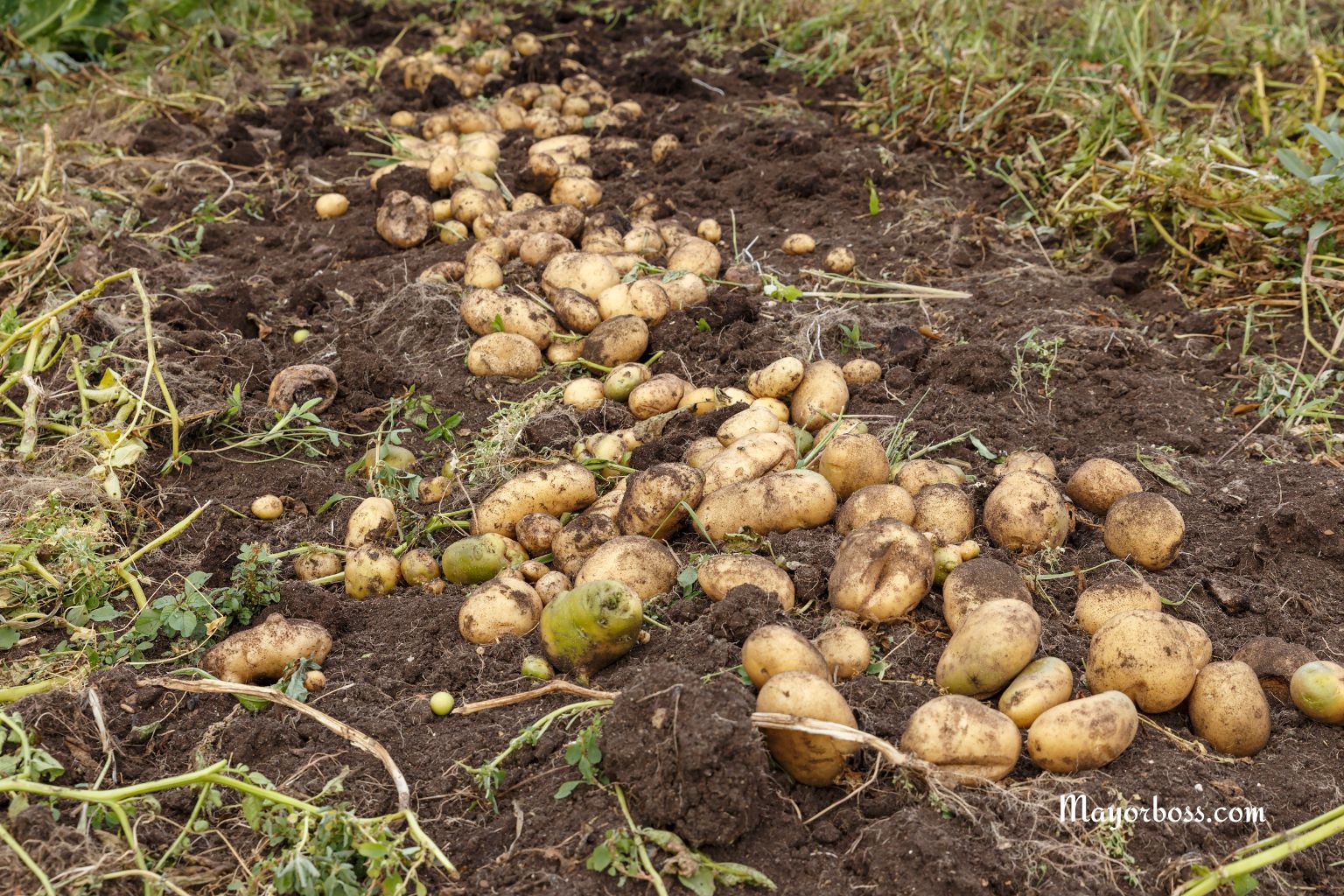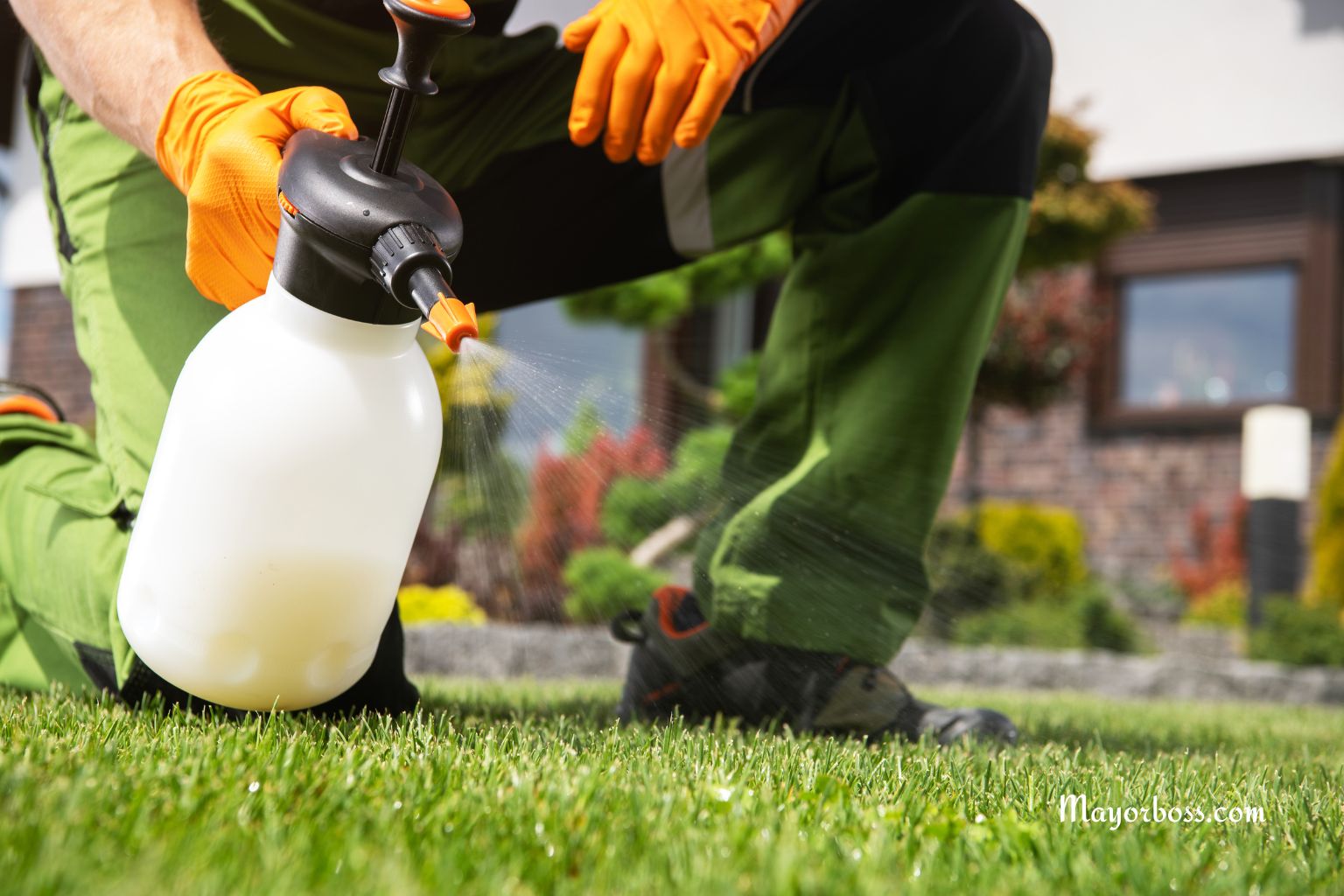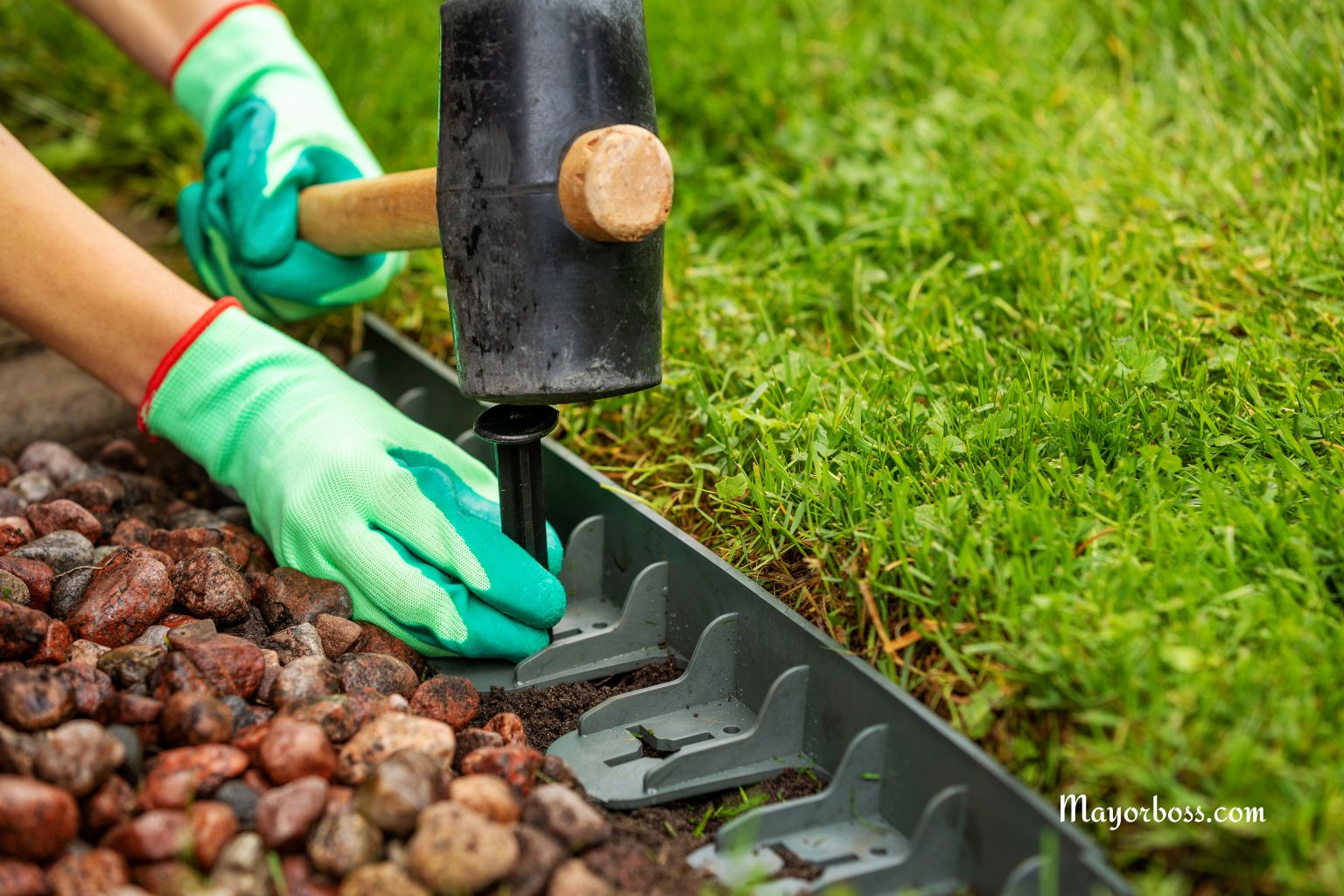How to Grow and Care for Rosemary
To grow and care for rosemary, plant it in well-drained soil and a sunny location. Water only when the top inch of soil feels dry, and avoid overwatering. Prune regularly to encourage bushy growth and prevent woody stems. Bring potted rosemary indoors before frost, and feed lightly with balanced fertilizer in spring.
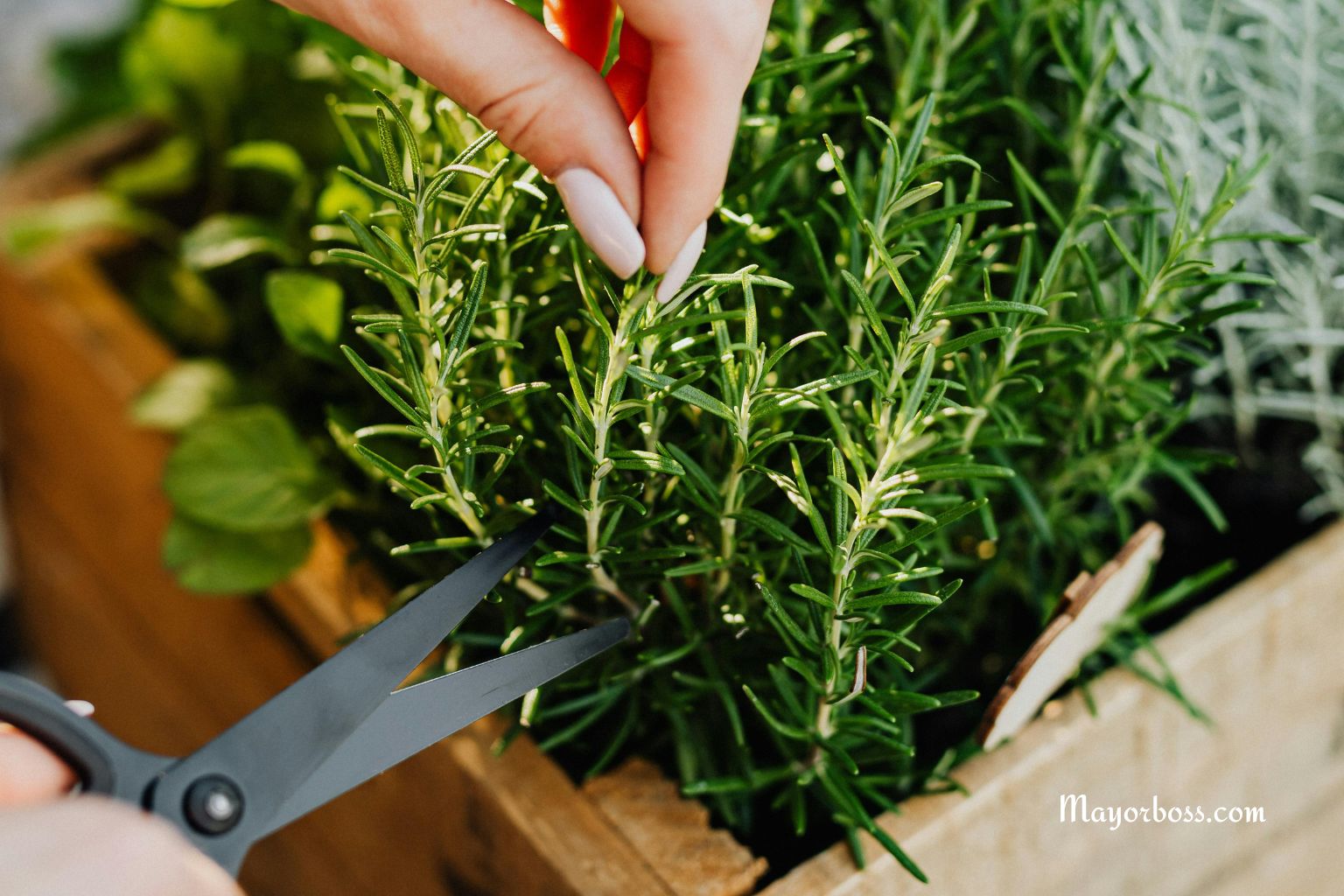
Rosemary is one of those herbs that brings both beauty and function to any home or garden. Its fresh, pine-like scent and needle-shaped leaves make it a kitchen favorite. But for many, growing rosemary can be a bit of a challenge, especially if you’re new to gardening. The good news is that rosemary is tough and, with the right care, will reward you with steady growth and flavorful leaves year-round.
Choosing the Right Location
Rosemary needs sunlight to flourish. Choose a spot that gets at least 6–8 hours of direct sunlight each day. Without enough light, rosemary can grow weak and leggy, with fewer leaves. Outdoors, it does best in a raised bed, garden border, or large pot on a sunny patio.
If you want to grow rosemary indoors, place the pot near a south-facing window. Supplement with a grow light if natural sunlight is limited, especially in winter.
Preparing the Soil
Good drainage is crucial. Rosemary doesn’t like wet feet. Use light, sandy, or loamy soil, and avoid heavy clay. If you’re growing in a pot, choose a container with drainage holes and use a high-quality potting mix. Adding a bit of coarse sand or perlite helps keep the soil loose and airy.
- Soil pH: Rosemary prefers a slightly acidic to neutral pH, around 6.0 to 7.0.
Planting Rosemary
You can grow rosemary from seeds, cuttings, or small nursery plants. Seeds can be slow and sometimes unreliable, so most gardeners prefer starting with a young plant or cuttings.
- Planting distance: If planting several, space them 2–3 feet apart. Rosemary can grow quite large when conditions are right.
- Plant depth: Plant at the same depth as in the nursery pot. Don’t bury the stem.
Watering: Less Is More
Rosemary is drought-tolerant. Overwatering is the quickest way to harm your plant. Only water when the top inch of soil feels dry. Let the soil dry out between waterings, especially for potted plants.
- Outdoor plants: Rain may be enough in some seasons. Always check the soil before watering.
- Indoor plants: Water less often in winter, when growth slows.
Feeding and Fertilizing
Rosemary does not require much fertilizer. Too much can weaken the flavor and make the plant less hardy. Use a balanced, all-purpose fertilizer in early spring, and again in midsummer if needed. Avoid overfeeding.
Pruning for Health and Growth
Pruning is essential for a full, bushy plant. Trim back about one-third of the plant’s growth each year, focusing on soft, green stems. Remove dead, damaged, or woody stems. Regular trimming keeps your rosemary compact and prevents it from getting leggy.
- Best time to prune: Early spring is ideal, but light pruning can happen throughout the growing season.
Protecting Rosemary in Cold Weather
Rosemary is a Mediterranean plant. While some varieties can survive mild winters outdoors, most need protection from freezing temperatures.
- In cold climates: Bring potted rosemary indoors before the first frost. Place it in a bright, sunny window.
- Outdoor plants: Cover with frost cloths or mulch the base to insulate roots. Avoid wet, soggy soil in winter.
Common Pests and Problems
Rosemary is generally pest-resistant, but keep an eye out for:
- Aphids: Small, soft-bodied insects on new growth. Spray with water or use insecticidal soap.
- Powdery mildew: White, powdery spots on leaves, often due to poor air circulation. Space plants well and prune for airflow.
- Root rot: Caused by overwatering or poor drainage. Make sure the soil is never waterlogged.
Harvesting Rosemary
Once your plant is established, you can harvest sprigs year-round. Use clean scissors to snip stems above a leaf node. Never take more than one-third of the plant at a time. Harvesting regularly encourages new growth and keeps your rosemary healthy.
Final Thoughts
Growing rosemary doesn’t have to be difficult. Give it sun, good soil, and a light touch with water and fertilizer. Prune often, protect from harsh winter weather, and enjoy the fragrance and flavor this classic herb brings to your home.
FAQs
1. Can rosemary grow indoors year-round?
Yes, if given enough sunlight—ideally 6–8 hours per day—or a strong grow light. Make sure the pot drains well and avoid overwatering.
2. How long does rosemary live?
With proper care, rosemary can live for several years, even up to a decade or longer.
3. Why are my rosemary leaves turning yellow?
Yellowing leaves usually mean too much water or poor drainage. Let the soil dry between waterings and check the roots for signs of rot.
4. When should I repot rosemary?
Repot when you see roots coming out of the drainage holes, or the plant seems root-bound. Choose a pot one size larger.
5. Can I propagate rosemary from cuttings?
Yes. Take a healthy, 4-inch cutting from a non-woody stem, remove the lower leaves, and place in moist potting mix. Roots will develop in a few weeks.

